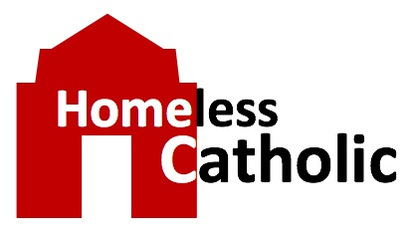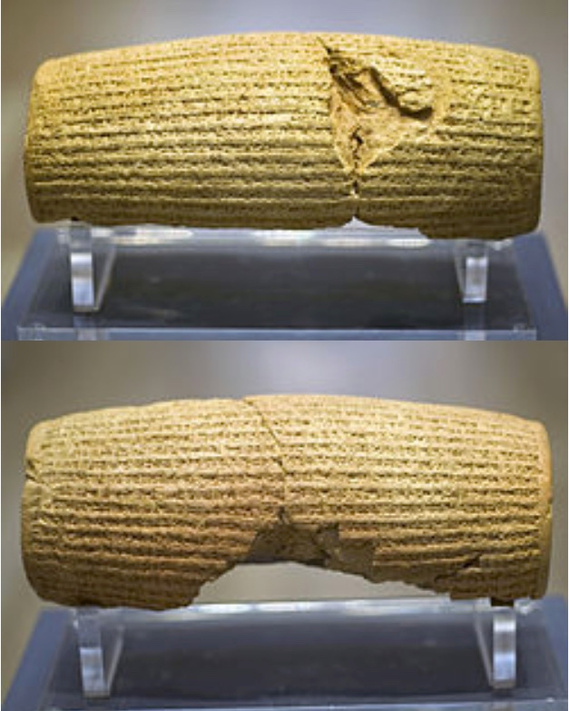What’s the message?
When I’m sitting in the pew hearing the readings for the day, my mind wanders. Often, it’s a matter of trying to discern the connections between the readings – how are the verses of the old testament, the psalms, and the gospel reading related. And what is the main point I should be getting?
Sometimes the connections are clarified by the priest in his homily, but not always. A nice bonus of having to put together a reflection on the readings is the ability to do some focused research on each section individually.
What's the message?
http://usccb.org/bible/readings/092319.cfm
Ezra 1:1-6
Luke8:16-18
When I’m sitting in the pew hearing the readings for the day, my mind wanders. Often, it’s a matter of trying to discern the connections between the readings – how are the verses of the old testament, the psalms, and the gospel reading related. And what is the main point I should be getting?
Sometimes the connections are clarified by the priest in his homily, but not always. A nice bonus of having to put together a reflection on the readings is the ability to do some focused research on each section individually.
Let’s start with the first reading. The first time through we might get that a king of Persia has set in motion the building of the house of the Lord in Jerusalem. The verses from Ezra chapter 1 give us a bit of a historical perspective on the building of the temple. We can even establish a date of 536 BC, the end of the Babylonian exile.
The responsorial psalm is taken from Psalm 126. It begins:
When the LORD brought back the captives of Zion,
we were like men dreaming.
Then our mouth was filled with laughter,
and our tongue with rejoicing.
R.The Lord has done marvels for us.
Then they said among the nations,
“The LORD has done great things for them.”
The LORD has done great things for us;
we are glad indeed.
R.The Lord has done marvels for us.
This sounds like a joyful group! A key connecting phrase here is, “When the LORD brought back the captives of Zion,” because it establishes the when this was going on. Yes, this is the same time that Cyrus in the first reading had made his proclamation!
The Alleluia is a familiar phase from Matthew 5:16
Let your light shine before others,
that they may see your good deeds and glorify your heavenly Father.
Good message, I’m thinking.
Finally, we get to the gospel reading, a fairly short one, Luke 8:16-18. This is where we usually find the main focus for today’s message. Jesus tell the parable of the lamp — it would be absurd to hide a lit lamp, because the whole purpose of the lamp is to provide light. That makes sense to me! But the last verse is a little more obtuse:
Take care, then, how you hear. To anyone who has, more will be given, and from the one who has not, even what he seems to have will be taken away. [Luke 8:18]
Understanding this rather difficult verse is fundamental to “getting the point” for all of today’s readings. Jesus is giving the disciples a lesson in communications and the responsibilities that go with having information. God’s good news is the light. If we hear the good news and proclaim it, we will be rewarded with more good news. But if we hide the good news of God, don’t share it, and fail to take action, we are failing to communicate and will not be entrusted with a closer understanding of God’s message through Jesus.
So, is the common thread communications? Perhaps even spread the joyful good news of God? Let’s dig deeper! In the first reading, Cyrus, king of Persia issued a proclamation throughout his kingdom, both by word of mouth and in writing. I was intrigued on rereading this. Was there actually writing back then? Even long before then, it turns out — before 3000 BC.
One of the preserved writings of this proclamation was discovered in the ruins of Babylon in Mesopotamia (modern Iraq) in 1879. The Cyrus Cylinder is about 4 inches in diameter and about 9 inches long and is now housed in the British Museum. The ancient clay cylinder’s declaration is written in Akkadian cuneiform script in the name of Persia's Achaemenid king Cyrus the Great. The Cylinder gained new prominence in the late 1960s when the last Shah of Iran called it, "the world's first charter of human rights." The cylinder was a key symbol of the Shah's political ideology and is still regarded by some commentators as a charter of human rights, despite the disagreement of some historians and scholars. See https://en.wikipedia.org/wiki/Cyrus_Cylinder for more information.
In reviewing the beginning of Ezra, we find:
In the first year of Cyrus, king of Persia,
in order to fulfill the word of the LORD spoken by Jeremiah,
the LORD inspired King Cyrus of Persia
to issue this proclamation throughout his kingdom,
both by word of mouth and in writing
Everything we hear is communications of the inspired word of God in two forms — "word of mouth and in writing."
Earlier we noted that the responsorial and the first reading both referred to the return of the Jews from Babylonian rule. In the responsorial, the returning captives, “said among the nations . . . the LORD has done great things for us.” Once again, a large number of joyful voices communicating the glory of God.
I will end our journey of today’s message being about communications with the verse from the Alleluia one more time:
Let your light shine before others, that they may see your good deeds and glorify your heavenly Father.

